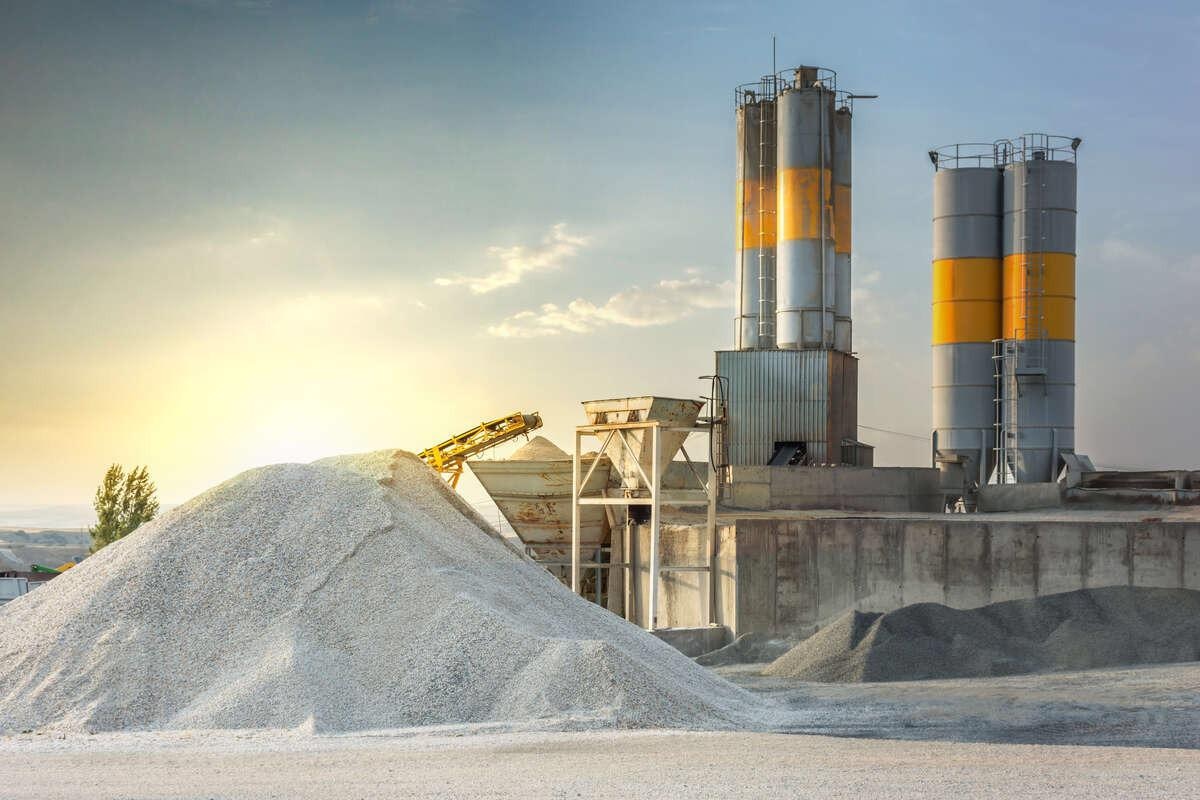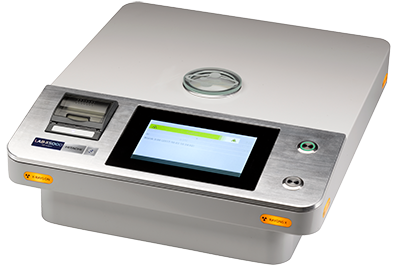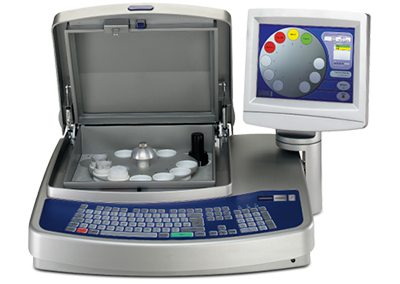During the mid-twentieth century, once it was known that adding 1-2% of calcium chloride improved the strength and accelerated the hydration process, chlorine was regularly and intentionally added to cement in the form of calcium chloride.
However, this practice is being gradually eliminated because chlorides in cement have a corrosive effect. One of the gravest effects of chloride-induced corrosion directly impacts the integrated reinforcing steel.
Typically, steel that’s rooted within concrete is surrounded by a passivation layer that protects it against corrosion. But if chloride ions are present above a certain level, they wear away the protective layer enveloping the steel, and corrosion sets in.
That’s not the only disadvantage of chlorine in cement, however. Chlorides also solubilize calcium, which negatively impacts the quality of cover concrete, and at high concentrations, chlorides may destabilize portlandite by forming calcium chlorohydroxy hydrates, which also produce a low-quality product.

Image Credit: Hitachi High-Tech Analytical Science
Where Do the Chlorides in Cement Come from?
Today, deliberately adding chloride when manufacturing cement is no longer permitted, but that doesn’t mean that it isn’t present in the product. Chlorine may be introduced through raw materials or fuels used over the course of the manufacturing process.
For instance, cement kiln dust (CKD) can be recycled as a raw material. However, it generally holds significant amounts of chlorine which needs to be eliminated before use.
Most kiln processes utilize chlorine bypass systems to make sure the final product meets specifications. However, merely possessing a reliable process isn’t sufficient on its own; the concrete must be analyzed to guarantee the chloride concentrations are low enough.
Chloride Limits in Cement
As previously established, it’s the internal source of chloride that’s the main issue, and chloride limits only apply to these.
Typically, chloride limits are established in the range of 0.05 to 0.1% by weight for structural prestressed or reinforced concrete. This is almost equivalent to around 0.4 to 0.8% in cement. Introducing corrosion inhibiting admixtures or galvanized steel does offer some flexibility for slightly higher levels.
Determining Chloride Levels in Cement by XRF Analysis
Chloride levels are established by identifying the presence of the chloride ion within the cement. EDXRF analysis is an optimal technique because it requires a rapid, simple sample preparation that can be used on all types of materials, including powders.
If the appropriate instrument is selected, it will offer extremely reliable and accurate results for the level of chlorine in cement. Furthermore, it can be used at a number of stages throughout the production process: from raw material analysis to the final product.
Hitachi High-Tech’s range of XRF analyzers, the LAB-X5000 and X-Supreme8000 instruments, are highly recommended for cement analysis. Both analyzers were developed to be robust and durable enough to endure dusty, high-volume production environments, such as the ones found in cement plants.
Simply press the cement powder into a pellet to prepare a sample, then place it directly into the analyzer. With the touch of a button, the X-Ray Fluorescence analysis will generate a complete compositional breakdown in minutes, facilitating easy, high-volume analysis.
State-of-the-art, intuitive software allows customers to accurately keep track of trend data to see if chloride levels are slowly increasing over time to avoid any manufacturing problems before they occur.
Hitachi High-Tech LAB-X5000
The LAB-X5000 is a rugged instrument incorporating powerful XRF technology within a small footprint, making it the perfect choice for slotting in beside production processes.
Intrinsic safety features, such as a safety window and automatic turntable, preserve crucial X-Ray Fluorescence components, protecting them from accidental spillage and dust, helping to optimize the uptime of the instrument.

Image Credit: Hitachi High-Tech Analytical Science
Hitachi High-Tech X-Supreme8000
The X-Supreme8000 has all the precision and reliability of the LAB-X5000 but can hold up to 10 samples at a time, allowing it to be the perfect choice for high-volume testing. The capacity to set up several measurements in one go allows operators to conduct other tasks while analysis is in progress.
To discover more about which of these benchtop XRF analyzers are most suitable for cement analysis, contact Hitachi today.

Image Credit: Hitachi High-Tech Analytical Science

This information has been sourced, reviewed and adapted from materials provided by Hitachi High-Tech Analytical Science.
For more information on this source, please visit Hitachi High-Tech Analytical Science.